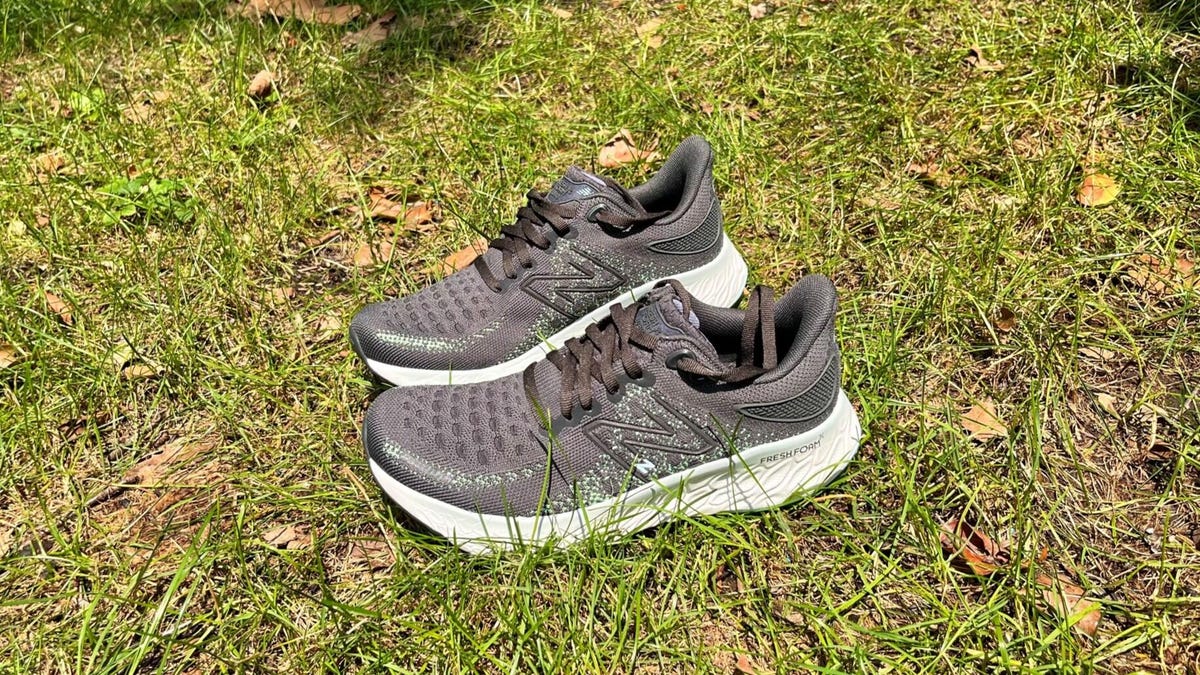Best Running Shoes for Women in 2024

Choosing a running shoe is a different experience than shopping for other types of footwear. For one, everyone has different preferences when it comes to style and their running needs. Some shoe brands are known for making shoes for specific types of running (trail, speed, everyday), and you’ll find that some market themselves as minimalist, maximalist, or intermediate sneakers. Running shoes, like walking shoes, can also be versatile enough to be used for a variety of activities. The only difference is that while running shoes are designed to withstand the rigors of running, they can work well as walking shoes since you need similar support.
Paul Nasri, who has a doctorate in physical therapy and works at The Physiotherapy Game Plan in New York, says the most important things to consider are what type of running you’re trying to do and what distances you plan to run. “For example, if you’re doing speed work, that sneaker should be lighter and a little more minimalist, whereas if you’re doing a long run, it should have more support and be a little more maximalist,” he explained. On the other hand, if you’re focusing more on tempo work or short, easy runs, you might want to opt for a sneaker with medium support.
Knowing how often you’ll be using your running shoe is also important, because someone who only runs a few miles a week may not have the same skills as someone training for a marathon. “Whatever the case, you should always alternate between two sneakers when you’re doing your regular running routine during the week,” Nasri advised.
Two important features to look for in a running shoe are a supportive heel counter and roominess in the forefoot region. “You want to make sure the heel counter is supportive and that your heel isn’t moving around too much, but you also want to make sure that the sneaker is separated from the forefoot region, where your toes would normally go into extension,” Nasri said. “A lot of sneakers now have carbon plates in the sneaker, and that can make for an easier run because that plate provides a spring at push-off, which reduces the amount of energy it takes to propel yourself forward.”
The best way to find the right style is to visit a running sneaker store and get fitted for a shoe. Then, give yourself a trial run of walking and running in the shoes to see if they fit you best. Nasri said, “Make sure the toe box is wide enough for your foot — if you see red spots on the side of your big or pink toe, that shoe is too tight for you.”
Nasri also advises looking at the height of the toe box, because if the tops of your toes are red or pink after a run, it means the toe box is too low and you’re experiencing too much friction. “There should be a thumb’s width of space for your big toe, because that ensures that the front of your toes aren’t pressing against the front of the sneaker, especially when you’re running downhill,” he added.
Knowing your running style
Another thing to consider when breaking in a new running shoe is whether it will work for or against your running gait. One measurement that makes a big difference is the heel-to-toe drop, which is the measurement (in millimeters) of the height difference from the back of the sneaker to the front of the sneaker. Shoes can have zero drop (a flat sneaker), low drop (1 to 4 mm heel drop), medium drop (5 to 9 mm drop), or high drop (9 to 10 mm or more drop).
The heel-to-toe drop you choose depends on whether you plan to run short, medium, or long distances. You should also consider your natural stride pattern. Nasri advises against zero-drop or minimalist sneakers for medium and long distances, as they can significantly alter your natural stride pattern.
If you’re a natural heel-striker, you’ll want a shoe with more cushioning in the heel, which Nasri says typically has a greater heel-to-toe drop. People who are naturally midfoot-standers can get away with shoes with a low to medium heel drop if that’s what they prefer. Forefoot-standers may want a lower heel-to-toe drop, but they’re the rare group who can rock just about any sneaker that feels comfortable.
“I don’t recommend changing your natural foot landing pattern on your own, because it changes the distribution of forces in the body and can lead to overuse injuries,” Nasri cautioned. Instead, he recommends working with a running coach or qualified physical therapist or strength and conditioning coach if you want to focus on changing your foot landing mechanics. The good news is that you don’t have to change the way you run because there isn’t enough evidence that your foot type increases your risk of injury.
Supination vs pronation feet
You may be more susceptible to certain conditions depending on whether your foot type is supinated or pronated. Supinated feet tend to put more weight on the outside of the foot, while people with pronated feet put more weight on the inside of the arch of the foot. You need both supination and pronation when running – the problem is when your feet overpronate or oversupinate, as this can make you more susceptible to lower extremity injuries.
“People with excessively supinated and pronated feet may be at a higher risk for plantar fasciopathy,” Nasri says. Runners with excessive supination are more prone to stress fractures of the foot (or cracks in the bone), while runners with excessive pronation are more prone to posterior tibial tendinopathy, or pain on the inside of the ankle from overuse.
“The only time I care about this as a physical therapist is when there is a clear asymmetry between the left and right foot, and there is pathology on that side,” Nasri said. In general, he suggests choosing a sneaker that feels comfortable and supportive, without getting too caught up in marketing terms like “stability,” “motion control” and “overpronation” sneakers.




